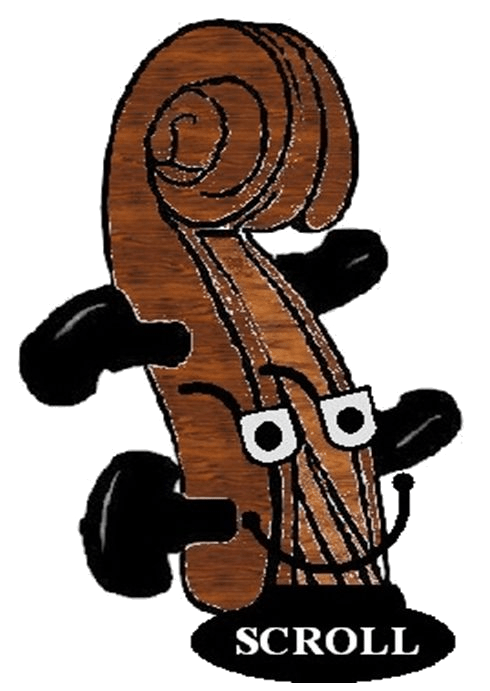 In ancient times, early stringed instruments were plucked or strummed in order to produce sound. You are probably familiar with the plucked-string instrument called the harp. Well, in ancient Greek sculpture, the gods often appeared playing a type of harp called the Kithara.
In ancient times, early stringed instruments were plucked or strummed in order to produce sound. You are probably familiar with the plucked-string instrument called the harp. Well, in ancient Greek sculpture, the gods often appeared playing a type of harp called the Kithara.
Harps often appear in later paintings and sculpture played by angels and cupids. String music always has been thought of as heavenly!
Similar instruments were created in Asia where there was experimentation with horsehair for use as both strings and bow hair. Many cultures share rich traditions strongly influenced by the prevalence and usefulness of horses in the daily lives of people of the time, even as far as musical instruments were concerned!
These instruments were used to accompany folk songs and as background music during story telling. They used available materials of the day in order to make music. These equestrians were very innovative and the horses very cooperative!
These earliest-known folk instruments had only two strings. The strings were attached to the top of a long piece of wood, a neck, in order to make different sounds easier to produce. At the top of the necks there was a place to connect the horse-hair strings. The other end of the string was connected to the bottom of the instrument.
Legend has it that these instrument building equestrians, distinguished fiddles from one another by carving the shapes of different horses at the top of the fiddle necks, in the location of the modern-day instrument scroll.
These and similar folk instruments were invented, and soon were dispersed throughout Europe and Asia on established land and sea- trade routes. During the Middle Ages (c.500 – c.1350), instruments developed in India and spread throughout Europe. Venice became a major European city, rich in trade, because of its location on the Adriatic Sea – it was a trade and culture doorway to Europe in the east.
During the 1500’s, silk, spices, and traditional musical instruments came through Venice into Europe along established trade routes, particularly, as you will see, had a particular impact in Cremona, Italy.
Now you know how scrolls developed. You also know why I am proud to sport my unique, scroll, hair-do.However – I am the first to admit that I am quite a stylish, but humble, droll scroll!
